Tips for Cultivating a Positive Body Image
Do you ever look in the mirror and feel like you just don’t measure up? Like your body isn’t “good enough” compared to all the images of “perfect” bodies we see everywhere? Yeah, me too – it’s a struggle that so many of us deal with. But you know what? It’s time to put an end to that negative self-talk and start embracing the amazing body we’ve been given.
Easier said than done, right? I know, cultivating a positive body image can be really tough, especially when we’re constantly bombarded with unrealistic beauty standards and photoshopped images on social media. But the truth is, we are all beautifully unique, and our worth isn’t defined by how we look. It’s time to start celebrating our bodies, flaws and all.

So, how do we get to that point of self-love and acceptance? Well, it takes a bit of work, but I promise it’s so worth it. Here are my top tips for cultivating a more positive body image:

Unfollow Accounts That Make You Feel Bad
One of the first steps in building a more positive body image is to do a major social media cleanse. Unfollow any accounts that make you feel insecure, jealous, or bad about yourself. Whether it’s airbrushed influencers with flawless bodies or fitness gurus who constantly post about weight loss, those images can really do a number on our self-esteem. Instead, fill your feed with accounts that celebrate body diversity and promote self-love. Look for influencers who are openly proud of their bodies, regardless of size or shape, and who encourage their followers to do the same.

Practice Body Positivity
Speaking of self-love, it’s important to make a conscious effort to be more positive about your body, both in your thoughts and actions. Challenge yourself to compliment one thing you love about your body every day, even if it’s something small like your strong legs or your glowing skin. And when negative thoughts creep in, try to reframe them in a more compassionate way. Remind yourself that your body is amazing, and focus on what it can do rather than just how it looks. You can also try keeping a body positivity journal, where you write down affirmations and reflect on the things you appreciate about yourself.

Reject Diet Culture
Diet culture is everywhere, and it’s constantly telling us that we need to change our bodies to be “good enough.” But here’s the truth: diets don’t work, and they can actually do more harm than good. Instead of trying to shrink yourself to fit an unrealistic standard, focus on nourishing your body with wholesome, nutritious foods and moving in ways that make you feel good. Your health and happiness are so much more important than a number on the scale. Unfollow any accounts or influencers that promote restrictive dieting, and be wary of any products or services that claim to help you lose weight quickly.

Appreciate Your Body’s Abilities
Our bodies are incredible machines that do so much for us every single day. Instead of fixating on perceived “flaws,” try to shift your mindset and appreciate all the amazing things your body can do. Can you run a 5K? Lift heavy weights? Dance your heart out? Celebrate those feats of strength and capability, and remind yourself that your body is so much more than just how it looks. Make a list of all the incredible things your body allows you to do, from simple tasks like walking and breathing to more impressive physical accomplishments.

Surround Yourself with Body-Positive Media
The media we consume has a huge impact on how we see ourselves and our bodies. So, make an effort to seek out content that celebrates diversity, promotes body positivity, and challenges restrictive beauty standards. Watch movies and TV shows with characters of all shapes and sizes, follow social media influencers who embrace their bodies, and read books that empower you to love yourself as you are. Avoid fashion magazines, advertisements, and social media accounts that only feature one narrow definition of beauty.

Challenge Negative Self-Talk
We all have that little voice in our heads that likes to point out our “imperfections” and make us feel bad about ourselves. But it’s time to start shutting that voice down. Whenever you catch yourself engaging in negative self-talk, stop and reframe those thoughts in a more positive, compassionate way. Remind yourself that you are so much more than just your appearance, and that your worth isn’t defined by how you look. Try replacing negative thoughts with affirmations like “I am beautiful just as I am” or “My body allows me to do amazing things.”

Wear Clothes That Make You Feel Confident
One of the easiest ways to boost your body image is to wear clothes that make you feel amazing. Ditch anything that makes you feel uncomfortable or self-conscious, and instead, fill your closet with pieces that celebrate your unique shape and make you feel confident, beautiful, and ready to take on the world. Don’t be afraid to experiment with different styles and silhouettes until you find what makes you feel your best.

Celebrate Small Victories
Cultivating a positive body image isn’t going to happen overnight – it’s a journey. So, it’s important to celebrate all the small wins along the way, no matter how seemingly insignificant they may be. Did you wear a crop top out in public without a second thought? Awesome! Did you resist the urge to criticize your appearance in the mirror? Fantastic! These little victories are proof that you’re making progress, and they’ll help keep you motivated and encouraged to keep going.

Get Moving in a Way You Enjoy
Exercise can be a powerful tool for building body positivity, but only when it’s something you actually enjoy doing. Forget about calorie-burning or weight loss as the goal – instead, focus on movement that makes you feel strong, energized, and empowered. Whether it’s dance, yoga, hiking, or even just taking a leisurely stroll, finding physical activities you genuinely love can do wonders for your self-esteem. Experiment with different types of exercise until you find something that truly resonates with you.
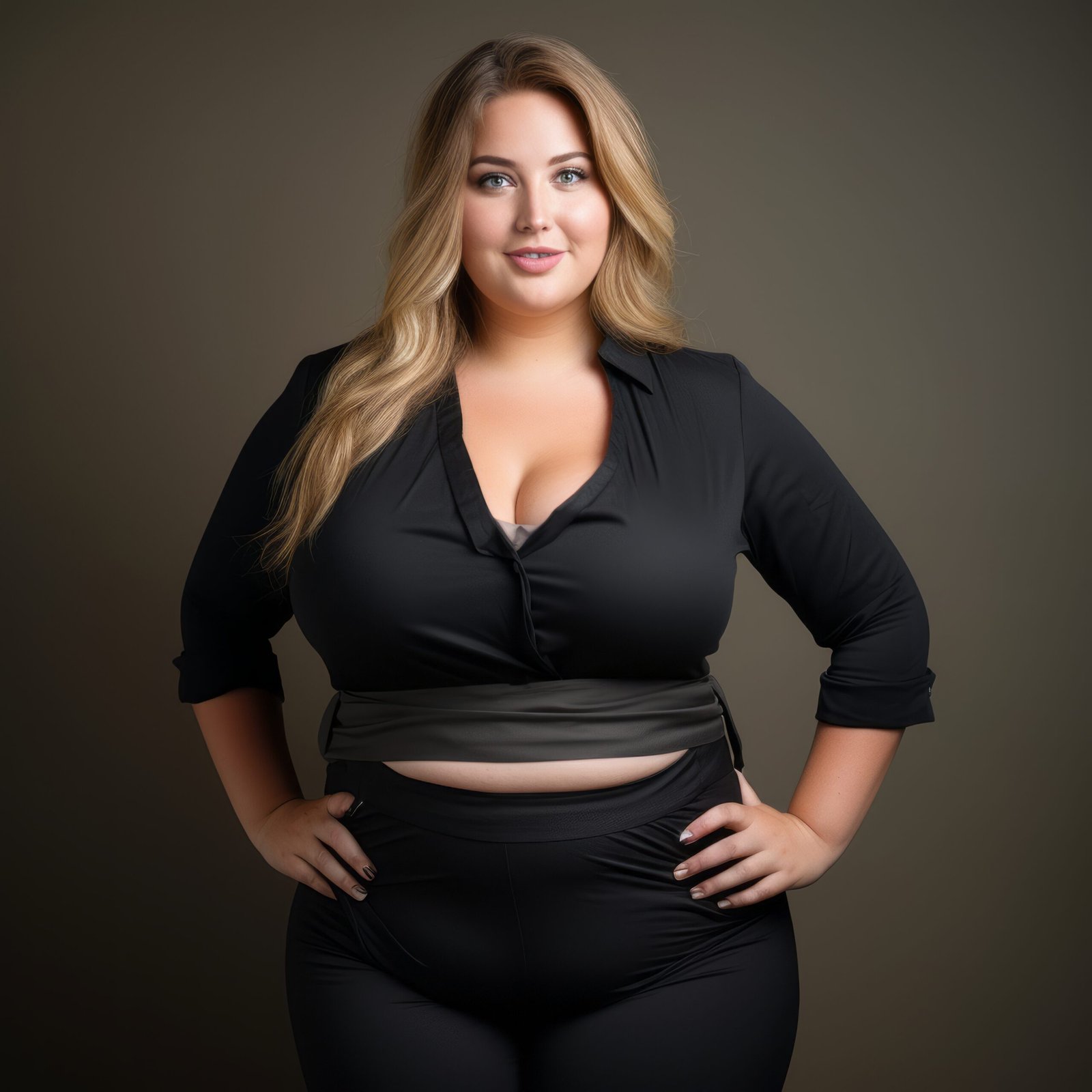
Seek Out Body-Positive Role Models
Surrounding yourself with inspiring, diverse role models who embrace their bodies can be incredibly powerful when it comes to cultivating a positive body image. Seek out people, both online and in your real-life community, who are openly confident, unapologetic, and proud of their bodies. Let their self-love and body positivity rub off on you. Look for influencers, celebrities, and everyday people who represent a wide range of body types and celebrate their unique features.

Be Kind to Yourself
At the end of the day, the key to a positive body image is learning to love and accept yourself, flaws and all. That means being kind, patient, and compassionate with yourself, even on the days when you’re struggling. Remember, you are so much more than just your appearance – you are a whole, complex person with immense value and worth. Treat yourself with the same kindness and understanding that you would a dear friend.

Seek Professional Help If Needed
If you’re really struggling with body image issues or disordered eating, don’t be afraid to reach out for professional help. Working with a therapist, counselor, or registered dietitian can provide you with the support and tools you need to overcome these challenges and develop a healthier relationship with your body. They can help you unpack the root causes of your body image issues, develop coping strategies, and create a personalized plan for achieving a more positive mindset.

Cultivating a positive body image is an ongoing journey, and it’s not always easy. There will be ups and downs, good days and bad days. But the more you practice self-love, reject harmful beauty standards, and celebrate your body’s amazing capabilities, the easier it will become to feel confident, comfortable, and beautiful in your own skin. You’ve got this!



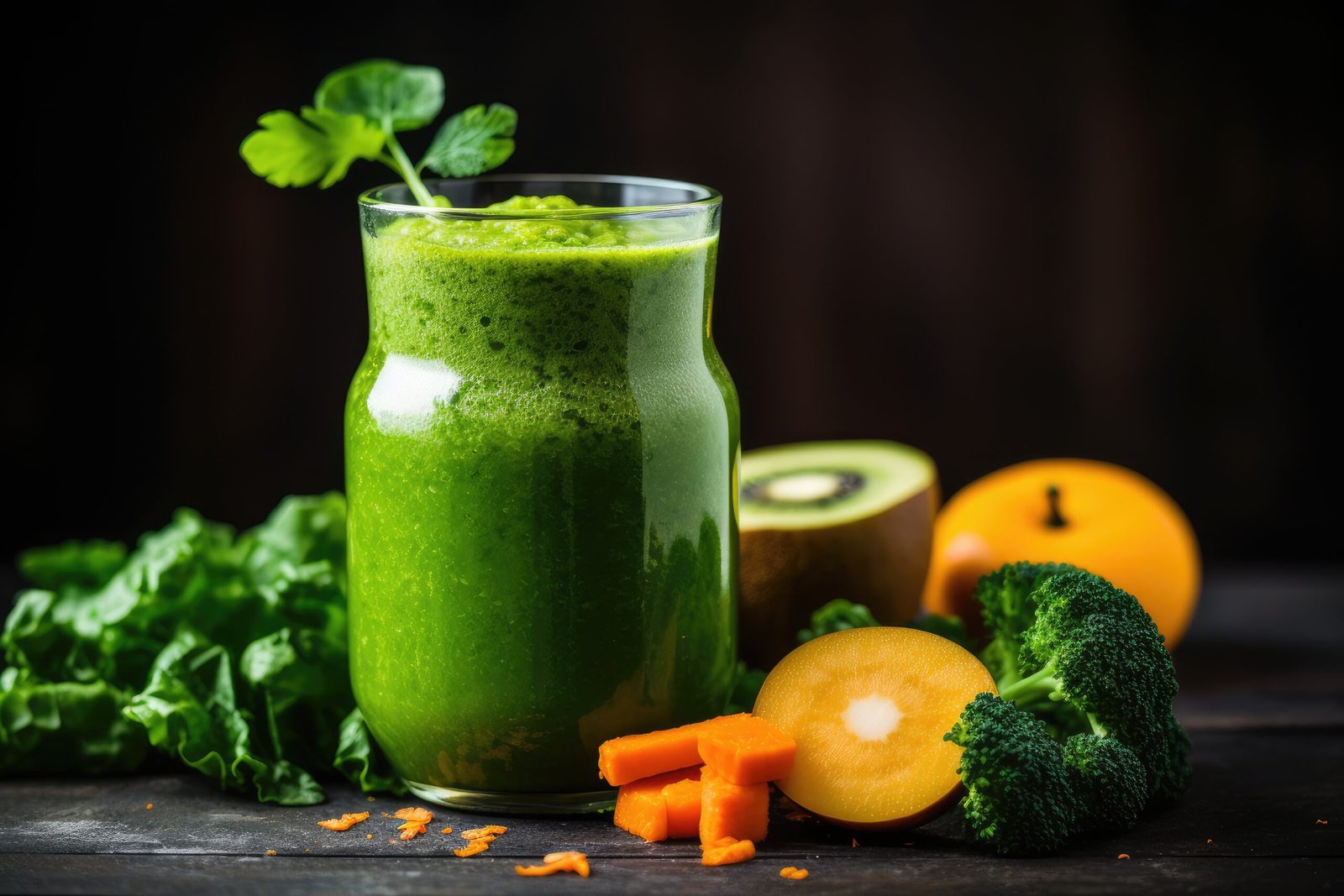


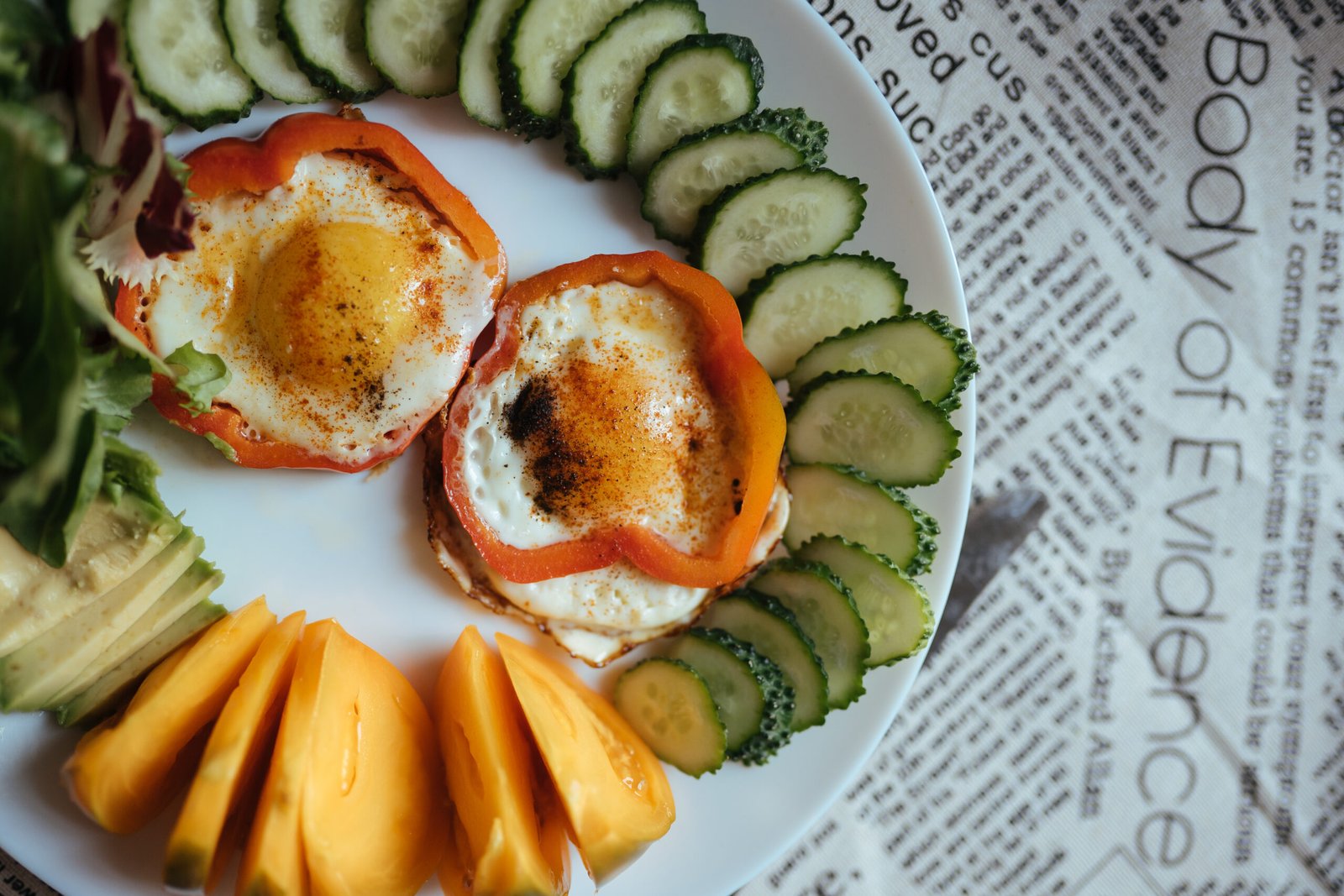



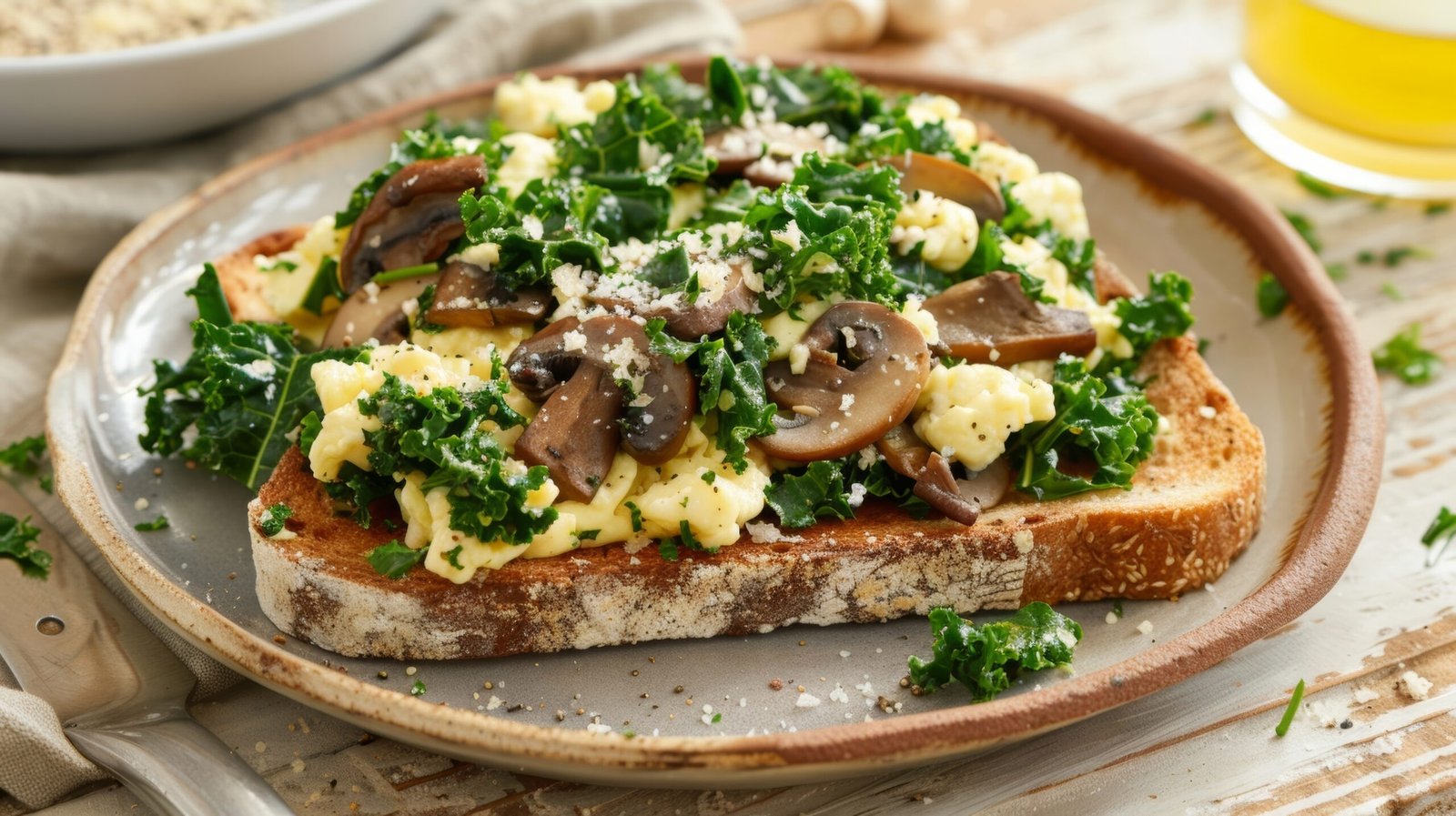

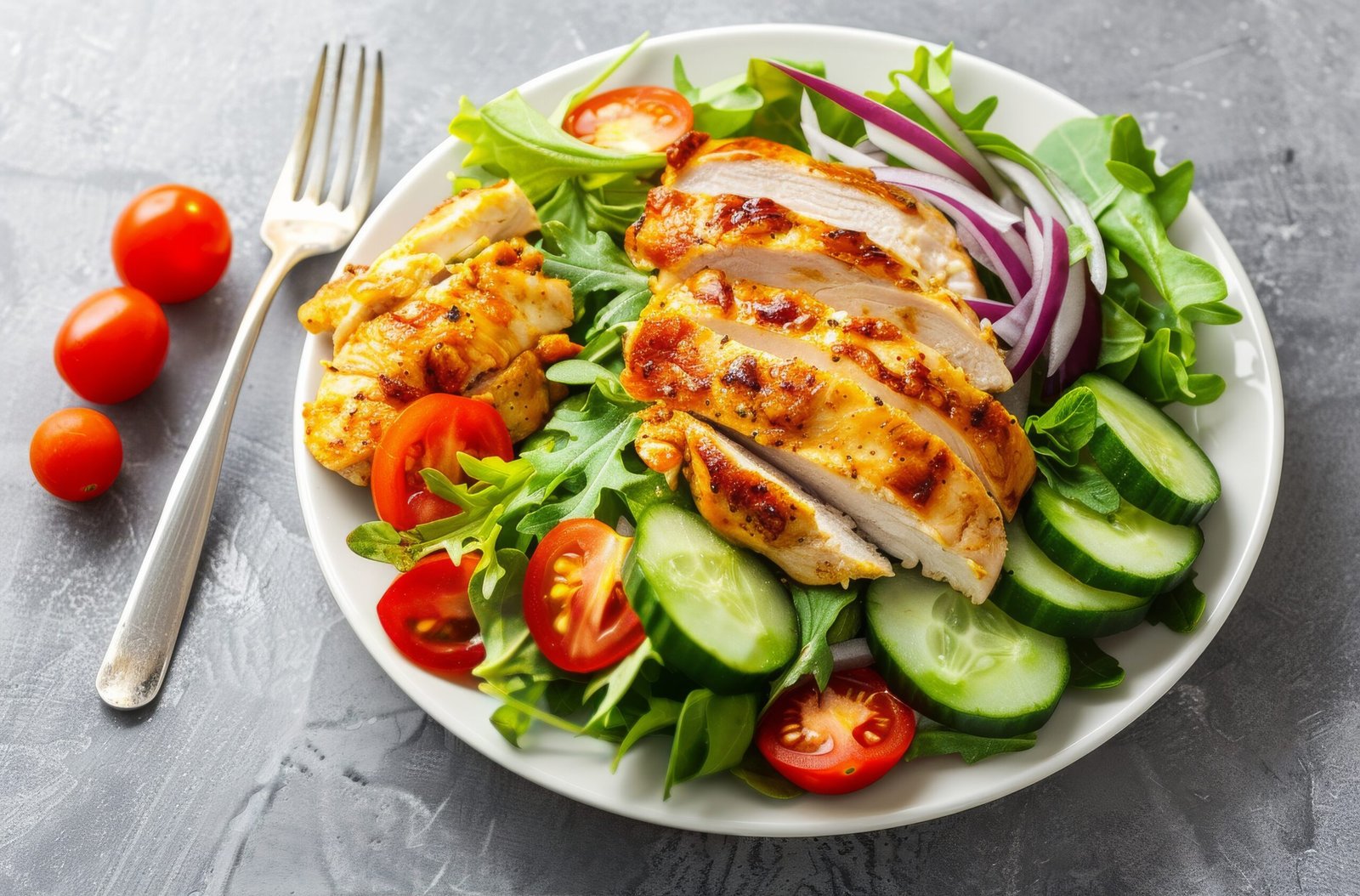






0 Comments